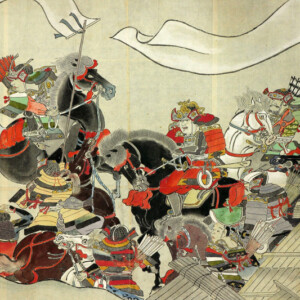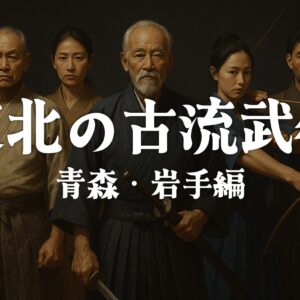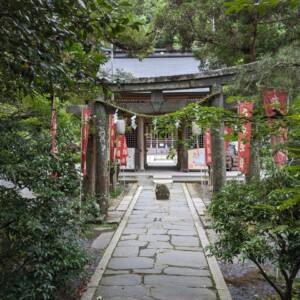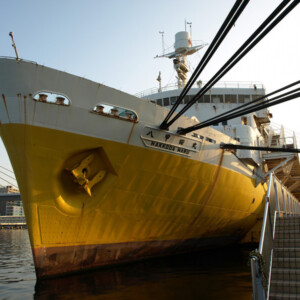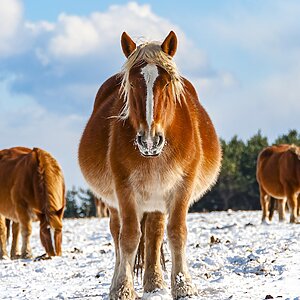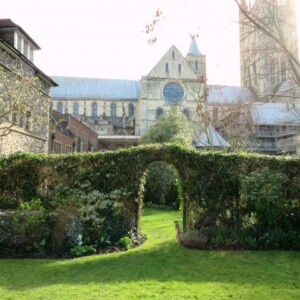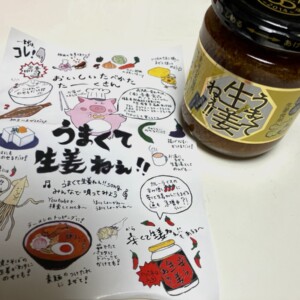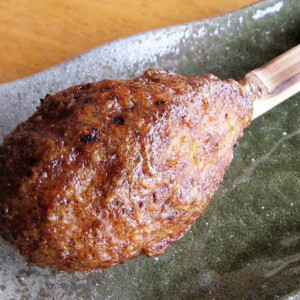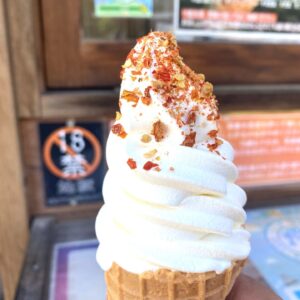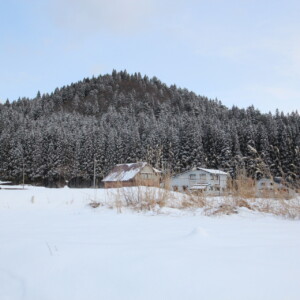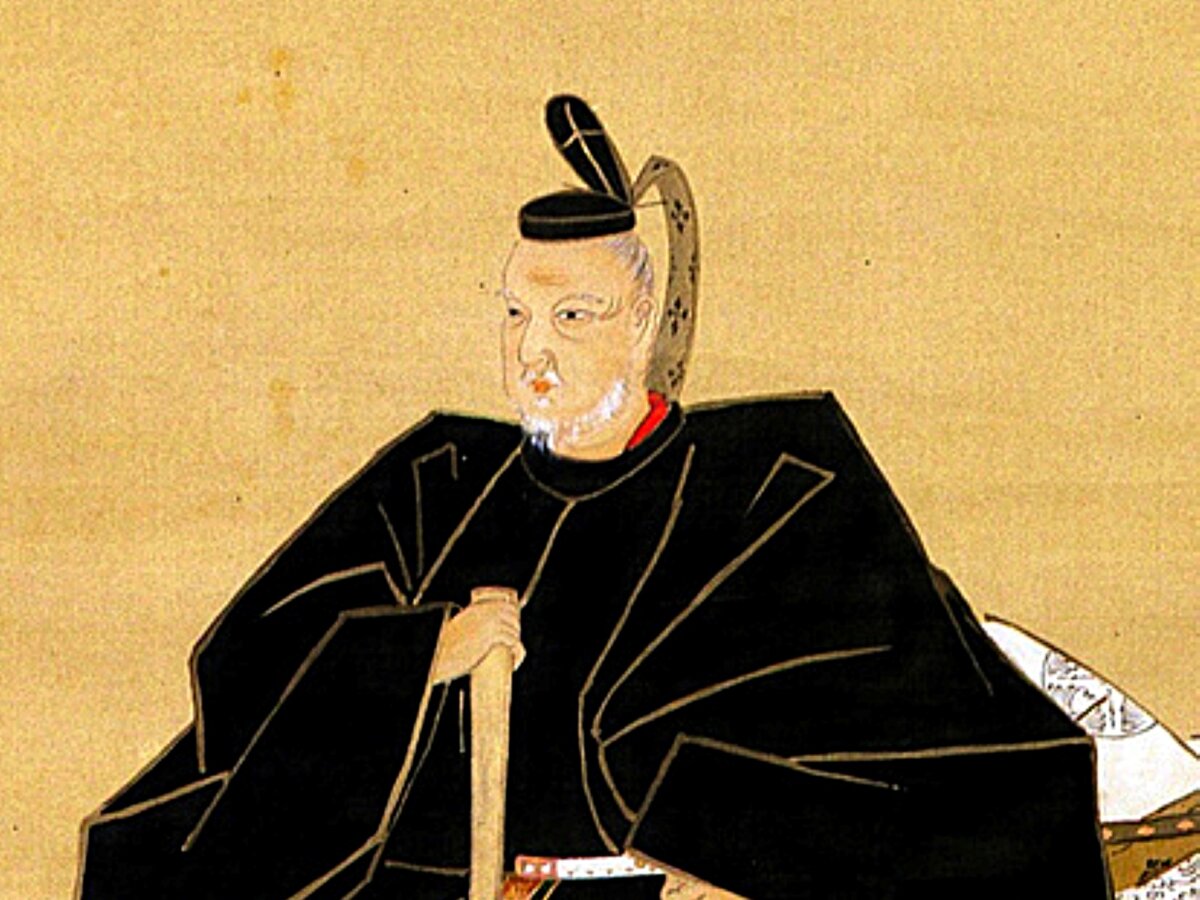
The birth was triggered by the general's "cheating"! ? Hoshina Masayuki, who is praised as a great prince [Fukushima Prefecture]
table of contents
Among the sons of Hidetada, the second shogun of the Edo Shogunate, is Tokugawa Iemitsu, the second son and third shogun (his eldest son has passed away).
There are other sons of Hidetada, one of them being Hoshina Masayuki.
It is said that the birth the result of his father Hidetada's affair
When he was born, Hoshina Masayuki was even hidden, but later he not only supported the politics of Ietsuna, the fourth shogun, but also grew into a man who could be called a great lord
The birth of Hoshina Masayuki
Hoshina Masayuki was born in 1611, and was born as
Tokugawa Hidetada's fourth son His childhood name is Komatsumaru.
His birth mother is not E (Go, who is the niece of Oda Nobunaga), who is famous as the birth mother of Hidetada's wife, Iemitsu.
Masayuki's mother was called Shizu (Shizu Tomo), and although there are various theories about her origins, it is certain that she was not a high-ranking woman.
Shizuka was a woman who served Hidetada's nurse, Ouba no Tsubone.
Shizuka is looked upon by Hidetada and is given a child of Hidetada, but he is unable to become Hidetada's concubine, and Shizuka is left to a woman named Kenshoin.
Mishiroin is the second daughter of Takeda Shingen, a famous daimyo during the Sengoku period.
It is believed that the reason Shizuka was unable to become Hidetada's concubine is because Oe, Hidetada's wife, was unable to accept Shizuka and her child's existence
(it is also said that Hidetada and Shizuka's first child were turned into Mizuko).
Furthermore, the fact that only a few people, including Hidetada's close aides, did not even know about the fact that Masayuki was born, confirms that he was an entity that he could not make public.
In short, Hidetada's child with Shizuka must have been considered "cheating.
Masayuki is raised directly by Mishiroin.
Raised as Hoshina Masamitsu's child
In 1617, when Masayuki turned seven years old, Masayuki was left to be entrusted to Hoshina Masamitsu due
Hoshina Masamitsu was a former retainer of the Takeda family and was appointed lord of the Takato Domain in Shinano Province (now Ina City, Nagano Prefecture).
He is known for his honest personality, and he was a person who never missed concern for Mishiroin even after the Takeda family's destruction.
Therefore, Mishigein decides that Masamitsu can entrust Masayuki with his responsibility, and reveals the seriousness of the existence of the Shogun's hidden child.
As a result, Masayuki became Masamitsu's adopted son and moved to Takato.
Masayuki is in this way, despite being the son of a shogun, he spends his time in an environment where he cannot make it public, but it is his experience of spending time in Takamine that has grown him into a person who cared about his people in politics .
Reference: Do you know Hoshina Masayuki? – Takato Castle Ruins Park
Meet your brother Iemitsu
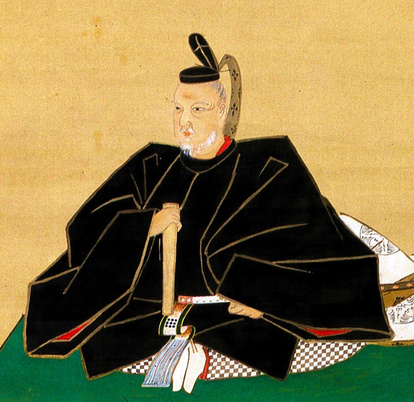
Oe, Hidetada's wife, passed away in 1626.
Perhaps this means that he can confidently call himself Hidetada's son, in 1929, Masayuki met his older brother Iemitsu, who had already become the third shogun .
In 1631, his adoptive father Masamitsu passed away, and at the age of 21, Masayuki became the lord of the Takato Domain with 30,000 koku.
The following year, in 1632, his biological father Hidetada also passed away.
After Hidetada's death, Iemitsu said that he loved Masayuki, his half-brother, as a family member who could consult with him, was extremely adorable.
is said to have
rather than a younger brother , and gained even greater trust from Iemitsu and the surroundings This is in contrast to how Iemitsu's younger brother, Tadanaga, asked for good treatment as Iemitsu's younger brother, and was given up on him by Hidetada and Iemitsu, and ultimately forced to commit suicide.
To the lord of the Aizu domain
In 1636, Masayuki was given 200,000 koku in Yamagata Domain (now Yamagata City) in the Dewa Province.
In 1643, was appointed lord of
Aizu Domain (now Aizuwakamatsu City, Fukushima Prefecture) with a height of 230,000 koku I believe that this is expected to serve as a restraint for the Tokugawa family, such as the Sendai Domain, which is ruled by the Date family, and the Yonezawa Domain, which is ruled by the Uesugi family.
From then on, until the end of the Edo period, the Aizu Matsudaira family, a descendant of Masayuki, became the lord of the Aizu domain.
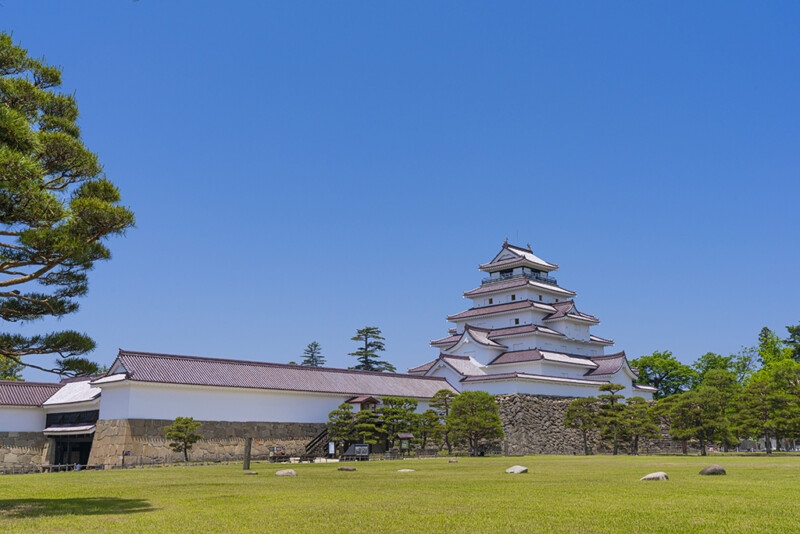
It is said that
when Hoshina Masayuki moved his territory, the people of the former territory who admired him followed him It can be said that this shows Masayuki's good-natured attitude.
The life of the Takko
When Iemitsu died in 1651, Masayuki was called by Iemitsu and was said to be entrusted with Masayuki's eldest son, Ietsuna, after Iemitsu's death.
This last life in Iemitsu is called
life of the Takko Just as Iemitsu ordered, Masayuki strongly assists Ietsuna, who has become the fourth shogun.
When he became Shogun, Ietsuna was only 11 years old, so it is safe to say that Masayuki had the real power in politics.
Impressed by Iemitsu's deeds, Masayuki stated that Article 1 of the Aizu Family Morals, which was later set in 1668 (Kanbun 8) was " The Aizu Domain is a being that should protect the Shogunate family, and if the lord betrays the vassals, vassals must not follow."
From then on, the lords and samurai of the Aizu domain faithfully followed this article, and even at the end of the Edo period, they became a central figure in the shogunate faction, and continued to resist the new government forces centered around Satsuma and Choshu until the end.
Why Masayuki is called a great prince
Why is Hoshina Masayuki called a great prince?
This is because Masayuki carried out numerous good governments in both the politics of the shogunate and the politics of the Aizu domain.
Major reforms to the shogunate government
During the period until the third Shogun Iemitsu, the shogunate was called a military ruler who refused to take strict punishment against the daimyo in order to solidify the power base of the shogunate.
However, Masayuki proceeds to move towards Bunji politics, which is governed by the legal system.
They relaxed the ban on terminal adoption (prohibiting sudden successors from taking successors when they are almost dying) and prohibiting martyrs (substantial vassals following when their lord dies).
The Daimyo Witness System was also abolished, in which the Daimyo family members were allowed to live in Edo as hostages.
These reforms are known as the three great things
refining Tamagawa water to deal with the rapid population growth in Edo .
This area upstream of the Tamagawa Upper Water still supports the lives of Tokyo residents today.
After the great Meikei fire in 1657, the fire was rescued by the burnt-out common people.
Later, in reconstructing Edo, fire prevention measures were implemented, including widening the roads, installing Ueno Hirokoji to clear fires, and expanding the Kanda River.
The castle tower of Edo Castle, which was burned down by a huge fire, was "not practical except to look far away," and decided to use the cost of reconstruction to something else, and did not reconstruct it.
The Aizu Domain becomes a groundbreaking welfare state
The Aizu domain, the territory, bought rice in the year of a good harvest, stored it in a "sharehouse" and created a system in which it was used as a stockpile to save its territories in the event of a famine.
Furthermore, we have created a system in which elderly people over 90 years old are provided with rice regardless of their status.
This is considered Japan's first pension system
Others have also banned the bad habit of thinning out babies, and have established systems that, in current terms, equivalent to welfare, minimum wage, medical insurance, and fire insurance.
I am amazed that in the first half of the 17th century, a system was created that was designed to address the common people.
I would like to note that Hoshina Masayuki's feudal government tends to focus on retainers and blood relatives who had followed Masayuki since the Takato era, and there are disagreements about his reputation as a great ruler.
However, there should be a rebuttal of whether this is such a serious issue for personnel affairs in this era, or whether it is a taint that surpasses Masayuki's political achievements.
Yonezawa Domain was saved by Masayuki
In the Yonezawa domain, which is close to the Aizu domain, Uesugi Tsunakatsu, the third lord of the domain, died suddenly in 1645 without a successor.
Normally, the Uesugi family would have been cut off without heritage, and the family would be about to be crushed.
However, Masayuki, who is Tsunakatsu's father hard to survive the Uesugi family , and succeeds in making Tsunakatsu's two-year-old nephew acknowledge Tsunakatsu's adoptive son, and succeeds in inheriting the Uesugi family as Tsunanori.
*As a complete aside, Uesugi Tsunanori's biological father is Kira Uenosuke (his real name is Yoshihisa).
As mentioned in "Chushingura," he is known for being defeated by Ako Ronin, led by Oishi Kuranosuke (real name: Yoshio/Yoshitaka).
At this time, the Uesugi family's territory was reduced from 300,000 koku to half the amount, which was much better than the smashing.
It is said that the Uesugi family and Yonezawa samurai felt an indebtedness to Masayuki and to the Aizu clan until the end of the Edo period.
And that kindness to the Aizu domain had a major impact on the relationship between the Aizu domain and the Yonezawa domain at the end of the Edo period.
The end
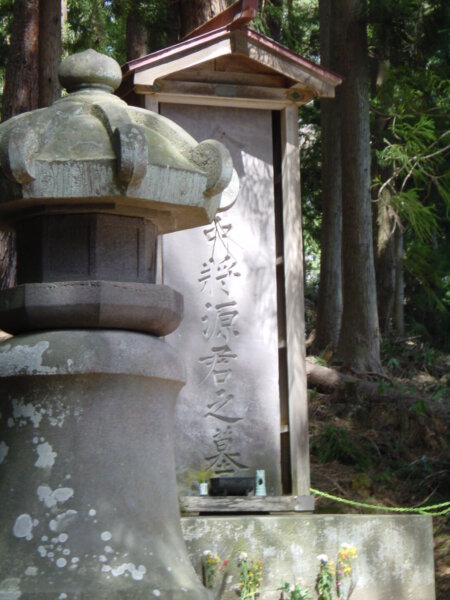
sisisai – Works by the author himself, Public Domain,
by https://commons.wikimedia.org/w/index.php?curid=102396170
Many people must have felt an obligation to Hoshina Masayuki for his good-natured administration, but as I explained at the beginning, Masayuki was born due to his father Hidetada's infidelity.
People who felt owed to Masayuki were also thought, "Hidetada was glad to have cheated on him."
I have heard of such popular words as well, but I have no proof as to whether the people at the time were really saying that.
continued to use the surname Hoshina for his life , due to his gratitude to the Hoshina family who raised him .
The Matsudaira surname was the birthplace of Masayuki's sixth son, Masayuki's third lord of Aizu Domain.
In addition, in his later years, Masayuki burned documents relating to his achievements .
It is said that the general's achievements were because he hated that he would actually remain in future generations as something he did
(although it has remained firmly).
My life was selfless until the end.
In 1669, he handed over the family headship to his eldest son Masatsune and retired, and then died on December 18th, 1672 at the Edo clan residence, and died at 63.
The grave is located on Mt. Mineyama, located in what is now Inawashiro Town, Fukushima Prefecture.
Born as the son of a shogun, Masayuki's life, which was successful in many ways, but still remained humble as a subordinate, and even now, more than 350 years after his death, he still gains respect from many people, including those in the Aizu region and Ina city, Nagano Prefecture.






![[Fukushima Prefecture during the Boshin War] What were the decisions of Aizu, Shirakawa, Tanagura, Nihonmatsu...and other domains? Statue of the White Tigers of Mt. Imori](https://jp.neft.asia/wp-content/uploads/2022/06/3579410_m-150x150.jpg)
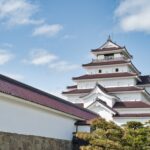
![It's so big that the main castle is hazy and you can't see! Yamagata Castle, known as Kasumi Castle [Yamagata Prefecture] Yamagata Castle's main castle, Ichimonji gate](https://jp.neft.asia/wp-content/uploads/2023/08/3261071_m-150x150.jpg)
![Doyu Kokeshi - Traditional kokeshi originating from "Doyu Onsen", which is said to be the birthplace of the three major kokeshi at Tohoku [Fukushima Prefecture] The expression of the Doyu Kokeshi](https://jp.neft.asia/wp-content/uploads/2024/10/IMG_1799-150x150.jpg)
![Cold horses graze at the feet of Shiriyazaki Lighthouse, the northernmost point of Honshu [Higashidori Village, Aomori Prefecture] cold horse](https://jp.neft.asia/wp-content/uploads/2022/06/30924210_m-150x150.jpg)
![[Yamagata Prefecture during the Boshin War] What were the decisions of the Shonai, Yonezawa, Yamagata, Uenoyama, Tendo, and Shinjo domains? Yamakyo Warehouse](https://jp.neft.asia/wp-content/uploads/2022/06/22678779_m-150x150.jpg)
![A report on the experience of "Whiskey Collection Koriyama," Tohoku's first whiskey event! [Fukushima Prefecture] Whiskey Collection Koriyama](https://jp.neft.asia/wp-content/uploads/2024/10/IMG_0751-EDIT-150x150.jpg)
![The delicacy "Anko" is a delicious winter taste on the beach! [Fukushima Prefecture] Monkfish](https://jp.neft.asia/wp-content/uploads/2022/02/2054097_m-150x150.jpg)

